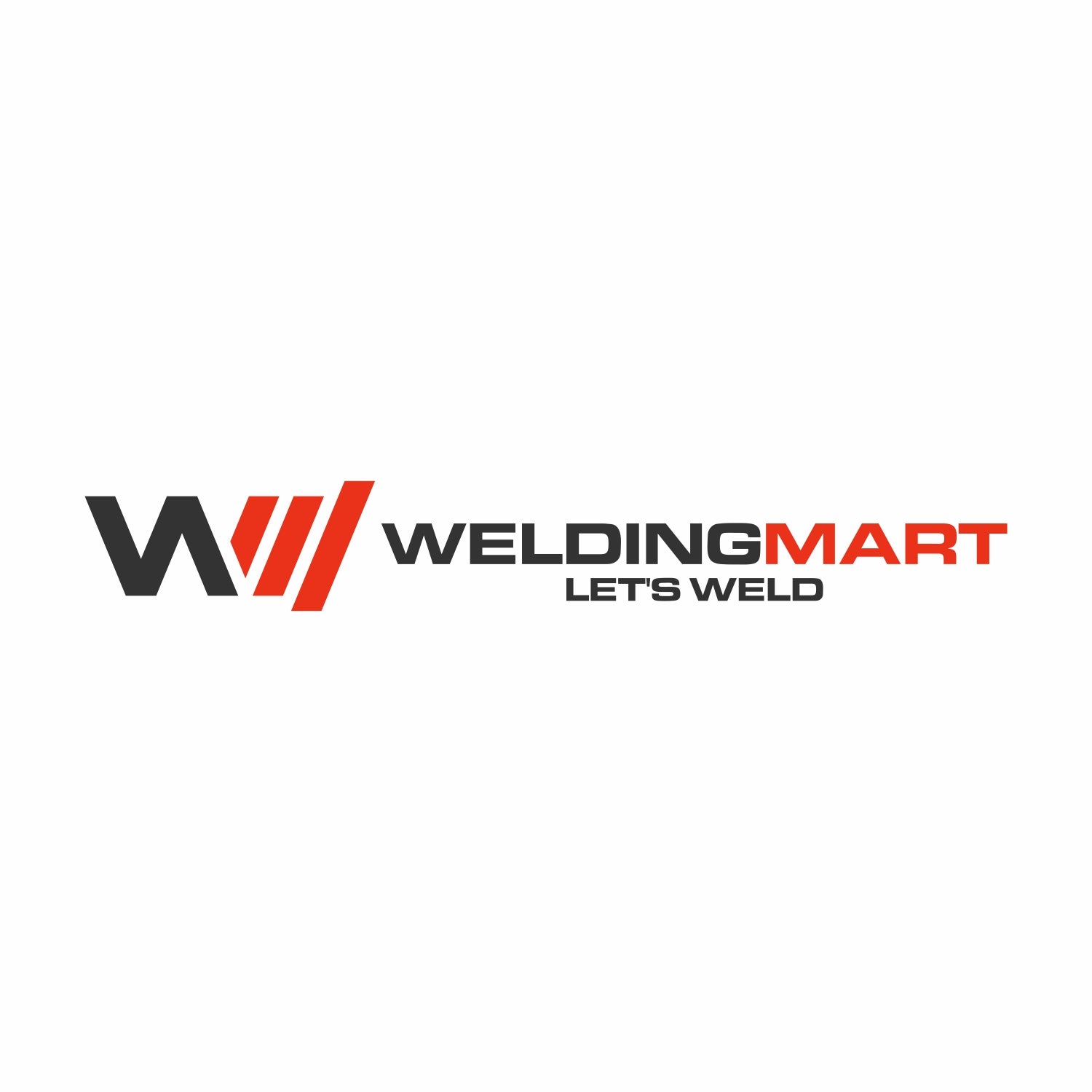Step spacers ensure uniform pipeline alignment, preventing corrosion and abrasion during installation. Made from durable materials, they provide long-lasting support for efficient pipeline operations. Perfect for various industrial applications.
Mathey Dearman 2SA Spacer Bolt Kit - 03.02SA.KIT
$300.00Unit price /UnavailableMathey Dearman 1SA Spacer Bolt Kit - 03.01SA.KIT
$280.00Unit price /UnavailableMathey Dearman MSA Spacer Bolt Kit - 03.0MSA.KIT
$250.00Unit price /UnavailableMathey Dearman 1SA Step Down Spacer Kit - 03.0110.1SAKIT
$580.00Unit price /UnavailableMathey Dearman 2SA Step Down Spacer Kit - 03.0110.2SAKIT
$600.00Unit price /UnavailableMathey Dearman 3" Spacer MSA - 03.0109.004
$65.00Unit price /UnavailableMathey Dearman Spacer, 2 1/2" MSA - 03.0109.003
$80.00Unit price /UnavailableMathey Dearman 3SA Spacer Bolt Kit - 03.03SA.KIT
$400.00Unit price /UnavailableMATHEY - SPACER 1-1/2 FOR MSA 13-1.5 - 03.0109.001
$80.00Unit price /UnavailableMathey Dearman 8SA Spacer Bolt Kit - 03.08SA.KIT
$900.00Unit price /UnavailableMathey Dearman 5SA Spacer Bolt Kit - 03.05SA.KIT
$850.00Unit price /UnavailableMathey Dearman 6SA Spacer Bolt Kit - 03.06SA.KIT
$900.00Unit price /UnavailableMathey Dearman 4SA Spacer Bolt Kit - 03.04SA.KIT
$800.00Unit price /UnavailableMathey Dearman 3SA Step Down Spacer Kit - 03.0110.3SAKIT
$700.00Unit price /UnavailableMathey Dearman Spring Kit for 4” Urethane Wheel - 2011-KIT
$70.00Unit price /Unavailable
Step spacers in the pipeline industry are essential components designed to provide uniform spacing and support for pipelines during installation and operation. They play a critical role in protecting pipelines from corrosion, maintaining proper alignment, and ensuring structural integrity, especially in challenging terrains or environments. Constructed from durable materials like high-density polyethylene (HDPE) or nylon, step spacers are engineered to withstand extreme temperatures, pressures, and chemical exposures. These spacers are commonly used in casing pipelines to prevent direct contact with the casing wall, reducing abrasion and prolonging the pipeline's lifespan. With their lightweight design, easy installation, and compatibility with various pipe sizes, step spacers are a cost-effective solution for efficient pipeline construction and maintenance.
Key Features:
- Material Strength: Manufactured from HDPE, nylon, or other durable materials to resist wear, corrosion, and extreme environmental conditions.
- Size Compatibility: Available in various sizes and configurations to fit a wide range of pipelines and casings.
- Enhanced Durability: Prevents metal-on-metal contact to reduce wear and extend the pipeline’s operational life.
- Easy Installation: Lightweight and designed for quick, secure placement, reducing installation time and costs.
- Versatile Applications: Ideal for oil and gas pipelines, water supply systems, and industrial applications.
Step spacers in the pipeline industry are essential components designed to provide uniform spacing and support for pipelines during installation and operation. They play a critical role in protecting pipelines from corrosion, maintaining proper alignment, and ensuring structural integrity, especially in challenging terrains or environments. Constructed from durable materials like high-density polyethylene (HDPE) or nylon, step spacers are engineered to withstand extreme temperatures, pressures, and chemical exposures. These spacers are commonly used in casing pipelines to prevent direct contact with the casing wall, reducing abrasion and prolonging the pipeline's lifespan. With their lightweight design, easy installation, and compatibility with various pipe sizes, step spacers are a cost-effective solution for efficient pipeline construction and maintenance.
Key Features:
- Material Strength: Manufactured from HDPE, nylon, or other durable materials to resist wear, corrosion, and extreme environmental conditions.
- Size Compatibility: Available in various sizes and configurations to fit a wide range of pipelines and casings.
- Enhanced Durability: Prevents metal-on-metal contact to reduce wear and extend the pipeline’s operational life.
- Easy Installation: Lightweight and designed for quick, secure placement, reducing installation time and costs.
- Versatile Applications: Ideal for oil and gas pipelines, water supply systems, and industrial applications.















